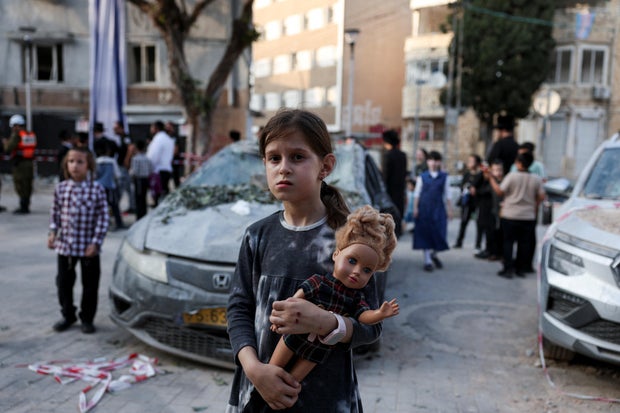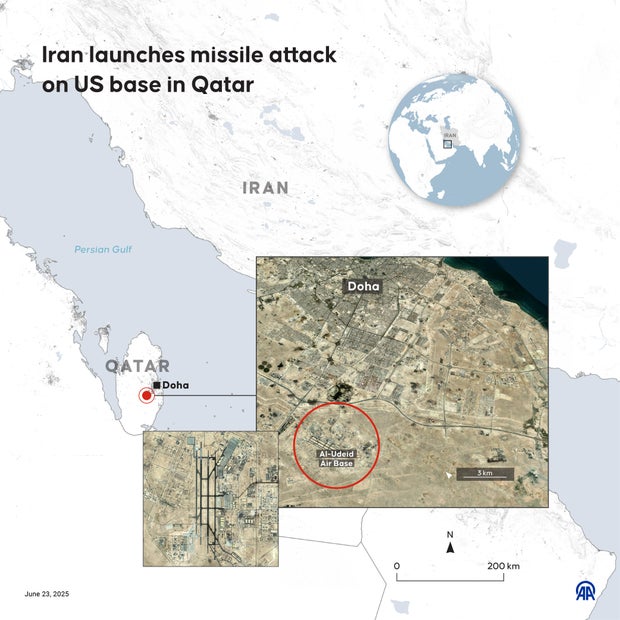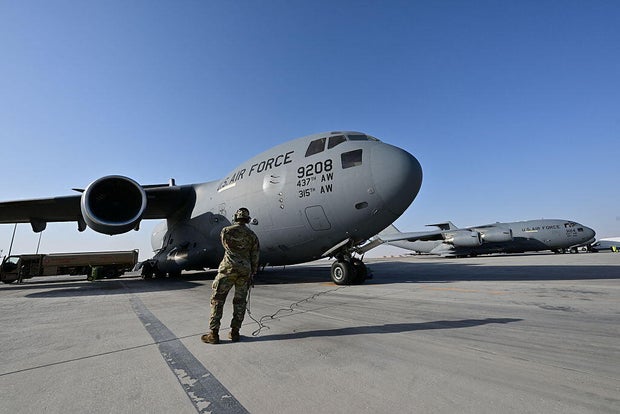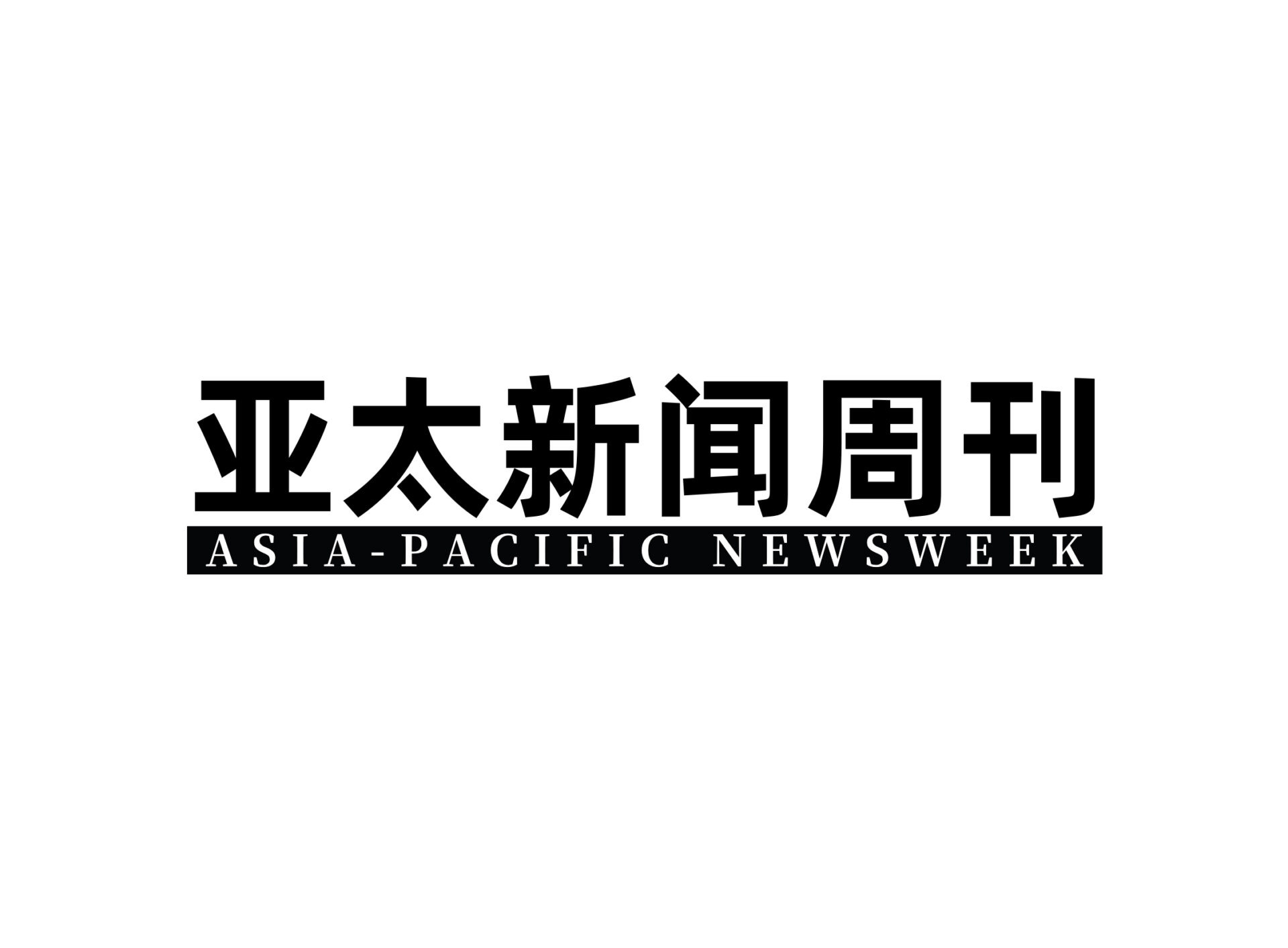Tel Aviv — Israel said it carried out more strikes on Iran on Monday, targeting missile, satellite and radar sites two days after the President Trump ordered American warplanes to join Israel in attacking the Islamic Republic’s nuclear facilities, fueling concern around the world of an escalating conflict in the heart of the Middle East with the potential to draw in major world powers.
Those concerns may continue to mount, as both Mr. Trump and Israeli officials hint at hopes that the military operations could result in the fall of Iran’s theocratic rulers, and as Iran’s top diplomat visits Russia looking for support from a key ally. Israel is also expanding its list of targets in Iran to hit sites linked directly to the ruling theocracy’s grip on power domestically.
The office of Israel’s defense minister said Monday that the military was “attacking with unprecedented force regime targets and government repression entities in the heart of Iran.” It was the first time Israel has acknowledged striking targets linked to the Iranian regime’s domestic authority, rather than its military or nuclear assets.
The defense minister’s office said the new targets included the notorious Evin Prison, where political prisoners are held, a clock in Tehran’s Palestine Square that symbolically displays a countdown to the destruction of the state of Israel, and the headquarters of Iran’s Basij paramilitary forces, which among other things acts as a morality police force for the Islamic rulers.
“For every shot fired at the Israeli home front, the Iranian dictator will be punished and the attacks will continue with full force,” the defense minister’s office said.
The Israel Defense Forces said earlier Monday that Israeli warplanes had also struck six airports in Iran, “as part of the effort to expand air superiority over Iranian skies,” targeting runways, various aircraft and underground hangers.
Iran also launched a new wave of missiles at Israel on Monday, sending people to bomb shelters across the country. Dozens of missiles were reportedly launched at Israel, with impacts in at least two sites in the northern port city of Haifa and on a road in the southern city of Ashdod.
Florion Goga/REUTERS
Israel Electric Corporation said that, following a strike near one of its strategic facilities in southern Israel, there was disruption in the supply of electricity to a number of communities in the area.
The attacks came after U.S. B2 bombers attacked three of Iran’s nuclear sites over the weekend – the first direct U.S. military action against Iran after a week of Israeli attacks.
Iranian nuclear sites “totally obliterated” by U.S. strikes?
President Trump said in a televised address on Sunday that Iran’s highly fortified Fordo nuclear enrichment site, along with the Isfahan and Natanz nuclear facilities, had been “completely and totally obliterated” by the U.S. strikes.
“Initial battle damage assessments indicate that all three sites sustained extremely severe damage and destruction,” the chairman of the Joint Chiefs of Staff, Gen. Dan Caine, said during a news conference, noting that a full assessment of the damage would take time.
But while Mr. Trump said in a social media post that the “spectacular military success” in Iran had taken “the ‘bomb’ right out of their hands,” The New York Times reported that the head of the global nuclear watchdog, the IAEA, believed Iran could have moved at least some of its stockpile of highly enriched uranium to another location before the U.S. attack, as Iranian officials have claimed.
In remarks to the United Nations Security Council on Sunday, IAEA chief Rafael Grossi did not mention that prospect specifically, but he said “no one — including the IAEA — is in a position to assess the underground damage” at Iran’s most sensitive site at Fordo, where the regime is believed to have carried out advanced enrichment work in secret.
“We must return to the negotiating table and allow the IAEA inspectors, the guardians of the NPT [nuclear non-proliferation treaty], to go back to Iran’s nuclear sites and account for the stockpiles of uranium, including, most importantly, the 400kg enriched to 60%,” Grossi said, referring to the bulk of Iran’s highly-enriched uranium, previously known to have been stored at the Isfahan facility. Uranium enriched to that level is only a short technical step away from the 90% purity required to make a nuclear weapon.
“We have a window of opportunity to return to dialogue and diplomacy. If that window closes, violence and destruction could reach unthinkable levels and the global non-proliferation regime as we know it could crumble and fall,” Grossi warned the delegations at the U.N.
“No one will know for sure for days, but I doubt they moved it, because you really can’t move anything right now. They can’t move anything right now inside Iran. The minute a truck starts driving anywhere the Israelis have seen it, and targeted it and taken it out. So our assessment is, we have to assume that — that’s a lot of 60% enriched uranium buried deep under the ground there at Isfahan. And that really is key. What they should do with that is they should bring it out of the ground and turn it over. Multiple countries in the world will take it and down-blend it. That’s what they should do with that,” Rubio said, adding another call for Iran to agree to abandon its enrichment work to end the crisis.
Rubio said if Iran were to “call right now, and say ‘we wanna meet, let’s talk about this,’ we’re prepared to do that. The president’s made that clear from the very beginning. His preference is to deal with this issue diplomatically.”
Trump hints at prospect of regime change in Iran
Rubio also reiterated on Sunday President Trump’s previous statements that the U.S. strikes on Iran’s nuclear sites were carried out with the sole purpose of removing the threat of the regime obtaining a nuclear weapon.
“It was not attack on Iran. It was not an attack on the Iranian people. This wasn’t a regime change move,” Rubio said.
Mr. Trump had, right after the U.S. strikes, said they would be the extent of America’s involvement in the conflict unless Iran launched retaliatory attacks against U.S. assets in the region. But late on Sunday, in a social media post, Mr. Trump stoked concern about a possible further escalation of the conflict.
“If the current Iranian Regime is unable to MAKE IRAN GREAT AGAIN, why wouldn’t there be a Regime change???” Mr. Trump said.
Prime Minister Benjamin Netanyahu and his top aids have also suggested in recent days that the military action taken by Israel could make room for an uprising in the Islamic Republic to topple Supreme Leader Ayatollah Ali Khamenei‘s regime, and Netanyahu has called directly on Iranians to take to the streets.
Iran’s Foreign Minister Abbas Araghchi said Sunday that Iran “reserves all options to defend its sovereignty, interest, and people.”
Araghchi arrived Sunday evening in Moscow for talks with Russian President Vladimir Putin, who has fostered closer ties with Iran for years.
About 40,000 U.S. military personnel are deployed in the Middle East, on warships and bases across the region.
Iran’s Islamic Revolutionary Guard Corps said in a statement Sunday that “the number, dispersion, and size of U.S. military bases in the region are not a strength, but have doubled their vulnerability.”
The U.S. State Department issued a new alert on Sunday, meanwhile, to Americans traveling anywhere outside of the country to “exercise increased caution,” due to the possibility of the strikes fueling anti-U.S. sentiment or protests.
Tucker Reals
contributed to this report.





